Why Does My Weave Itch? Find Relief Now

Two questions surrounding the weave installation are: Why does my weave itch, and how can I relieve the itchiness? If you face constant itching issues, keep reading.
Sew in weaves help to hide and protect your hair for some time. But dealing with itchiness along the way can be a terrible experience—frustrating and annoying.
Most of the time, you might notice that you can't stop patting through your tresses furiously after they start to get itchy. That's because it is so uncomfortable. It can even make you receive some side glances.
The only way forward is to find the cause and stop the itchiness.
8 Reasons Why Your Scalp Itch After Getting Weave
There are numerous reasons why your weave and scalp itch after a few days or even the same day.
Let's get to know some of these reasons.
1. Dandruff

Dry scalps and hair can lead to dandruff, which causes hair to itch. Sometimes, it can also be due to excess oil. The excess oil or dryness leads to an overgrowth of yeast, triggering inflammation.
2. Tension

Tension is another reason your scalp may itch. If your braids under hair weaves are too tight or the weave is sewn in too tightly, the hair follicles can become inflamed, making your hair itch.
The tightness also makes it hard for air and moisture to get in. Then, you notice your hair getting itchy as time goes by.
3. Leave hair product resdiue on your scalp
Leaving hair product residue on your scalp can lead to irritation and dryness. So, please make sure the rinse the shampoo and conditioner completely when washing your hair and scalp.
4. Not Giving Your Hair a Good Dry
Washing your hair without drying it correctly can cause it to itch. The water can develop into a whitish coating that becomes itchy later. This can also happen if you sweat quite often.
5. Lack of Protection
Your hair may want protection against the weave. If you Install a weave without using a hair net, it may lead to additional tension, which you don't want.
6. Medical Conditions
Some medical conditions can make your scalp itch after installing your weave. Conditions like dermatitis and scalp psoriasis are a few.
With scalp psoriasis, you may experience extreme itching and shedding. And with dermatitis, your hair will become dry and itchy. These conditions are nothing a few products, medications, and routines can't solve.
7. Allergic Reaction and Irritation
The cause of the itchiness may be your weave. You might be reacting against the extensions you used.
If it's an allergy, you may experience swelling, rash, hives, and redness in addition to itchiness.
8. Improper Hygiene
While the weave gives you a good look and protects your natural hair, it's still important to care for it and your natural hair. Without proper hygiene, you’ll face constant itching.
Here are ways to relieve your scalp from itching.
How To Relieve itchiness?
1. Moisturize Your Scalp

Moisturizing your scalp goes a long way in relieving itchiness. Don't do this once in a while; you want to do this consistently, but make sure you don't over-grease your scalp and weave.
Some good moisturizing products are natural oils. They effectively reduce itchiness. You can use a tea tree oil and olive oil mixture for relief. Apply these oils or whatever oil you choose before and after installing your weave.
2. Braid Your Hair Loosely
Braiding your hair loosely can be the solution you need. Speak to your stylist about that. Make sure the braids are not too tight to cause irritation and itching. The sew-in should not be too tight either.
While you might be worried about the braids getting too loose later on, they shouldn't if you get a professional stylist to braid them for you.
3. Wash Your Hair

The first step to getting your weave done is to prep your hair. Get your natural hair washed and clean so you avoid unnecessary issues later.
You can use a clarifying shampoo to cleanse your scalp for this. After rinsing correctly, go in with a conditioner as well. Once there are no more build-ups and residue, the braiding can begin. Remember to use some oils on your scalp as well before the installation.
However, washing your hair doesn't end here. Shampoo every two weeks to further prevent any itchiness. You are not to overwash your hair. Keep it clean without stripping your hair of its natural oil as that can also cause itching.
4. Treat Underlying Medical Conditions
To avoid a weave hairstyle aggravating the itching, it's best to treat any skin condition before installing it. Dandruff, psoriasis, and dermatitis are a few conditions that can cause dryness. If you have any of these, consider visiting the doctor. You'll get the best treatment that way.
5. Wash Your Sew-in
Washing your sew-ins regularly can help you avoid itching. While your wash routine depends on the type of weave you have on, it's best to keep it clean as often as you can.
Two times a week is acceptable for straight hair, and once a week is fine for curly sew-ins. When you wash, ensure you avoid getting water on your natural hair beneath. You do not need to clean that as often as you do for the weave.
6. Make Use of Apple Cider Vinegar
Mixing apple cider vinegar with water is an effective solution to relieving your scalp of itchiness. Since it contains antibacterial and antifungal properties, it can prevent irritation and scalp itchiness.

- So, pour some apple cider vinegar into a bowl and add water. You want to use the exact measurement for each.
- Now, transfer the mixture into a bottle and apply it to your scalp.
- After some minutes, rinse it out. You should feel relief afterward.
Another effective way to use apple cider vinegar is to soak your extensions in an apple cider vinegar mixture. You get to remove the alkaline chemical from the extensions by doing so. (While the chemical is meant to mold the hair, it can also cause itching and irritation).

- Add a cup of apple cider vinegar and water to a bowl. Let the water cover your hair.
- Then, put your hair into the water and apple cider vinegar mixture and leave it for about 20 minutes.
- The alkaline chemical should be visible for 15 to 20 minutes. It can appear in white forms on top of the water. When that happens, remove the hair and rinse with clean water.
7. Change Your Weave Frequently
Keeping your weave for more than two months on your head can cause itching and increase the possibility of an infection. So, after wearing a weave for a long time, take it down and wash your hair before installing it again.
8. Use Soothing Tools to Relieve
If you're not aware, there are tools that you can use to soothe itchiness. While we'll recommend treating itchiness with the methods mentioned above, a rat-tail comb can be very helpful if it's not severe.
Find a few other helpful soothing tools in the next section.
Soothing and Helpful Tools for an Itchy Weave
1. Scalp Massaging Brushes

These brushes are efficient in massaging the scalp and relieving itchiness. Imagine the feeling you get when your stylist brushes your hair or when you shampoo your hair; it's similar. You can feel relaxed and brush off the dandruff. Try getting one for yourself. Plus, they are multi-functional.
2. Scalp Soother

The scalp soother is another effective tool for scratching your hair. It's a three-pronged tool that does not disappoint when it comes to relieving itchiness. The curve makes it easy to get in between the weave, offering ultimate relief. Like the previous tool, the scalp soother is multifunctional. You can also use it on wash days.
3. Weave Scratcher

The weave scratcher is a firm, soothing tool with tiny balls at the tips. It makes it easy to moisturize the scalp and alleviate the itching feeling. Whenever you want to use it, apply oil to the scratcher for an excellent moisturizing experience. The tool makes moisturizing your braids easy, sliding in and out of your braids beneath the weave.
4. Dry Shampoo
Applying dry shampoo directly to your scalp can help soothe itchiness. It is like a cooling spray that works wonders for your scalp. So, instead of applying it to your hair, use it for your scalp. It'll serve as a good relief agent.
But apart from serving as a good reliever, it can pull excess oil and debris from your scalp, which are some of the reasons your scalp itches. Nonetheless, using it too often can weigh your hair down and make it sticky. So, do not use it to replace regular shampoos.
Key Takeaways
a. Weaves are gorgeous hairstyles to wear. However, they should not cause you severe itchiness.
b. Surprisingly, your weaves might just need some breathing space to alleviate the itchy feeling. It may be tiring for it to constantly stay under a bonnet. So, try leaving your weave freely and allow air to soothe the pain.
c. Natural ingredients can also relieve scalp itchiness. Coconut oil, for instance, is a promising agent for alleviating pain. You can also use peppermint oil or lemongrass oil.
If you follow the methods and tools listed above without any relief, we advise you to loosen the weave. Do you have more questions? Let us know in the comment section.





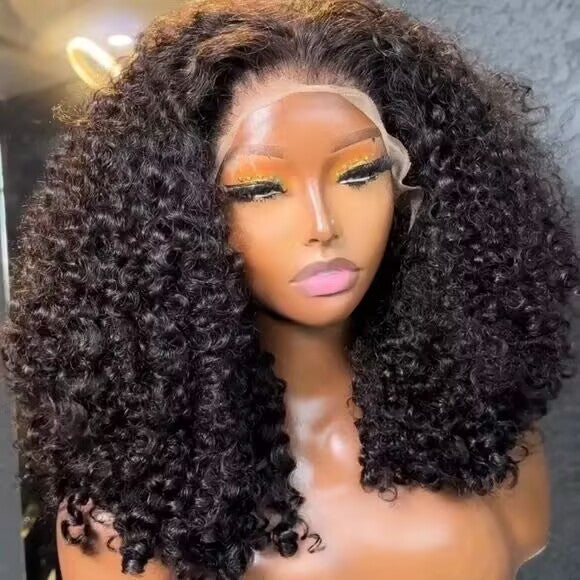
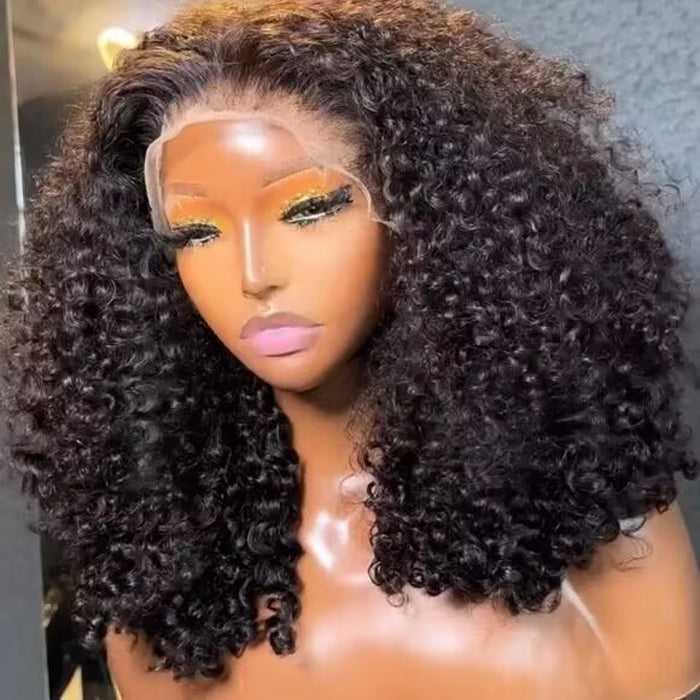
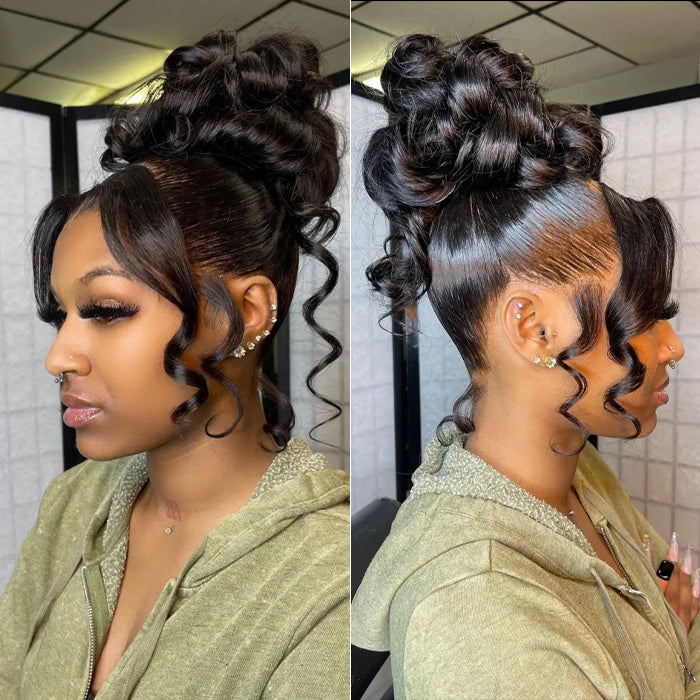

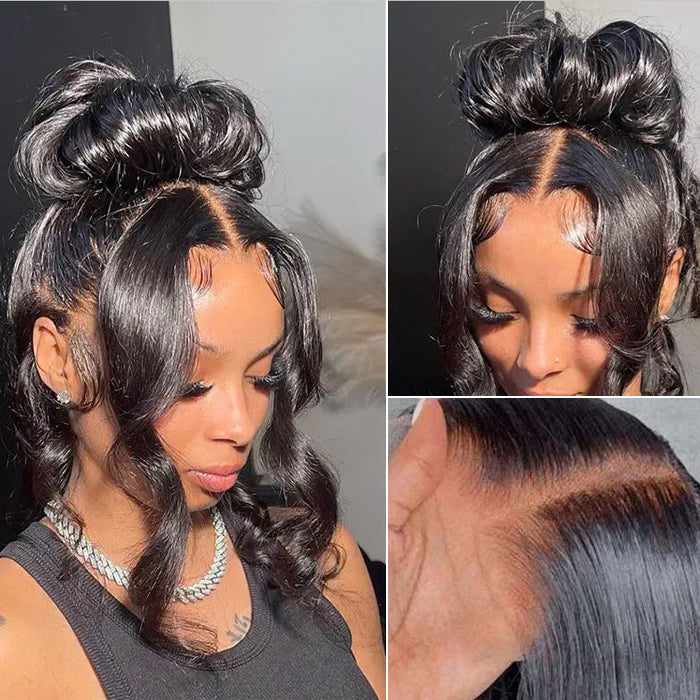
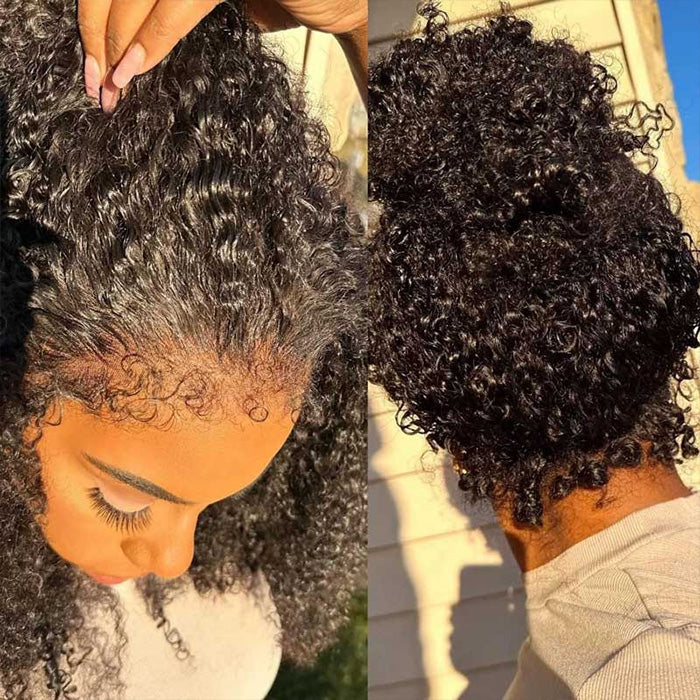

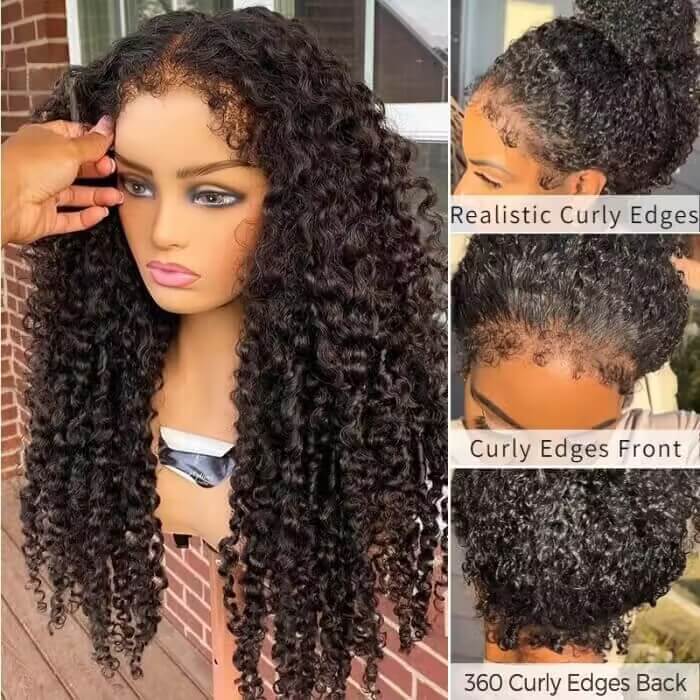

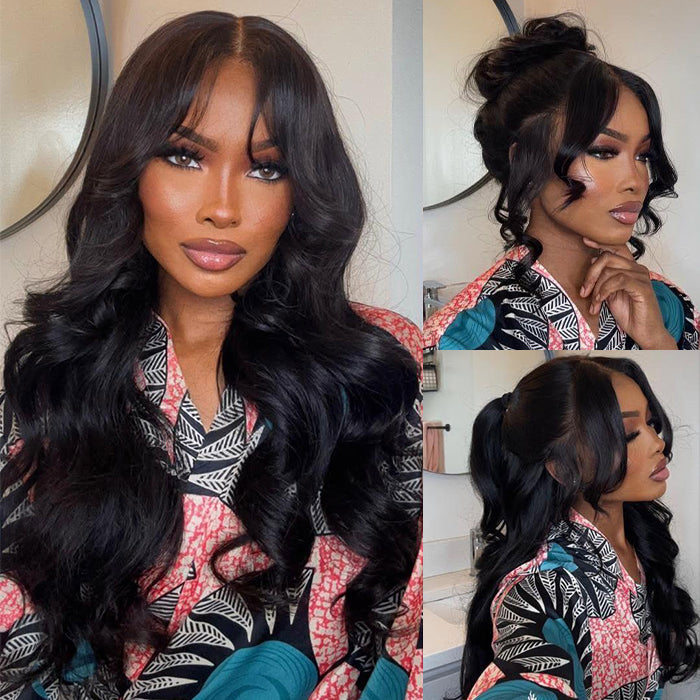
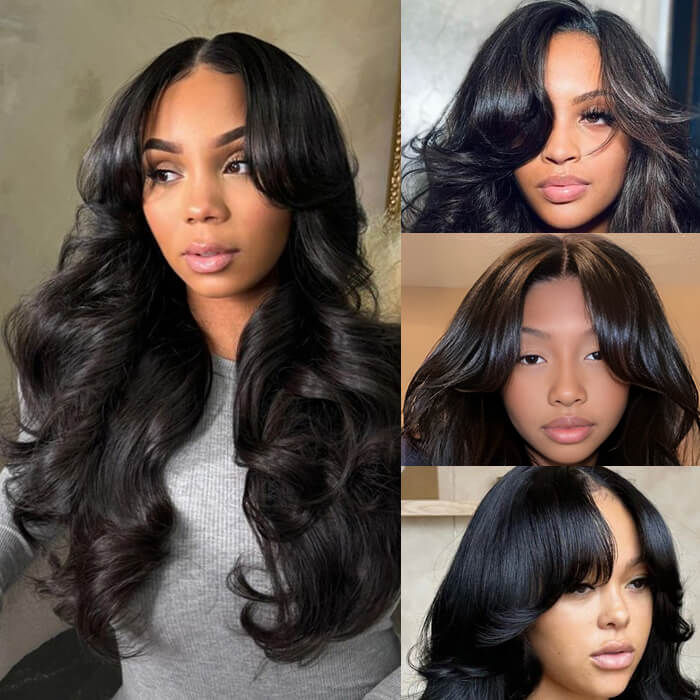
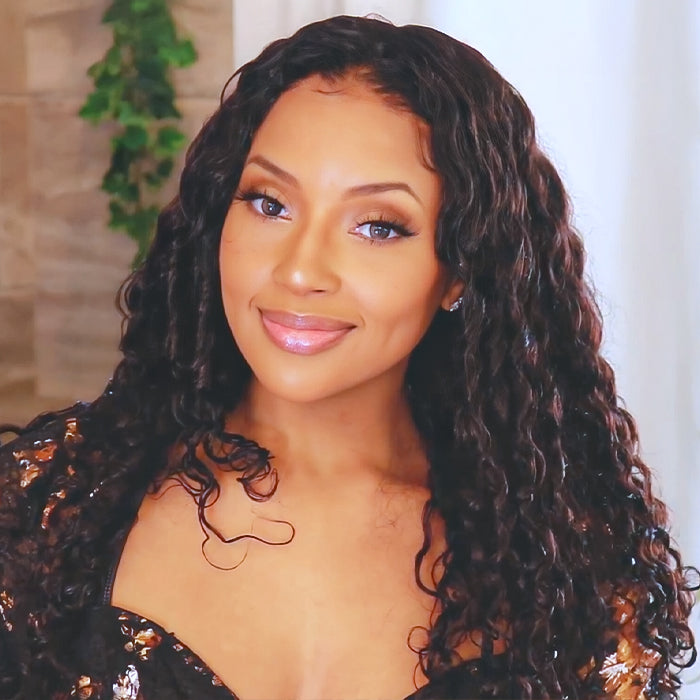
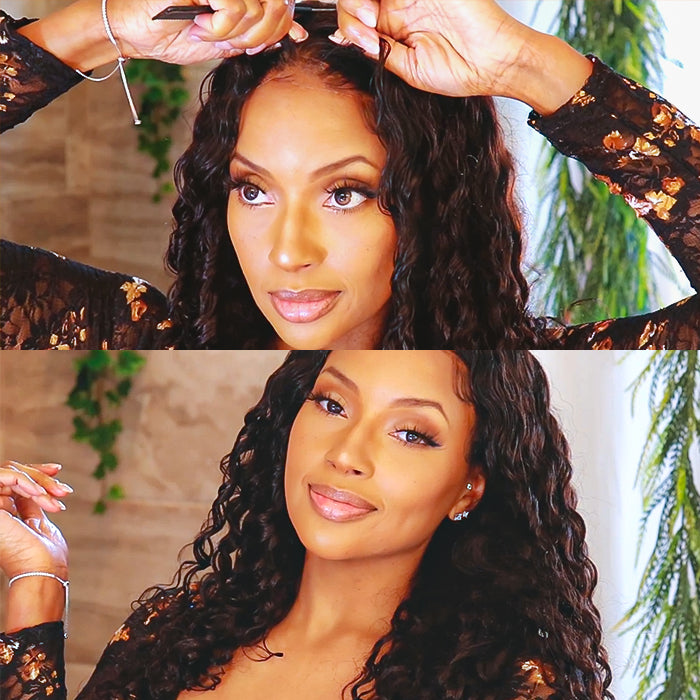
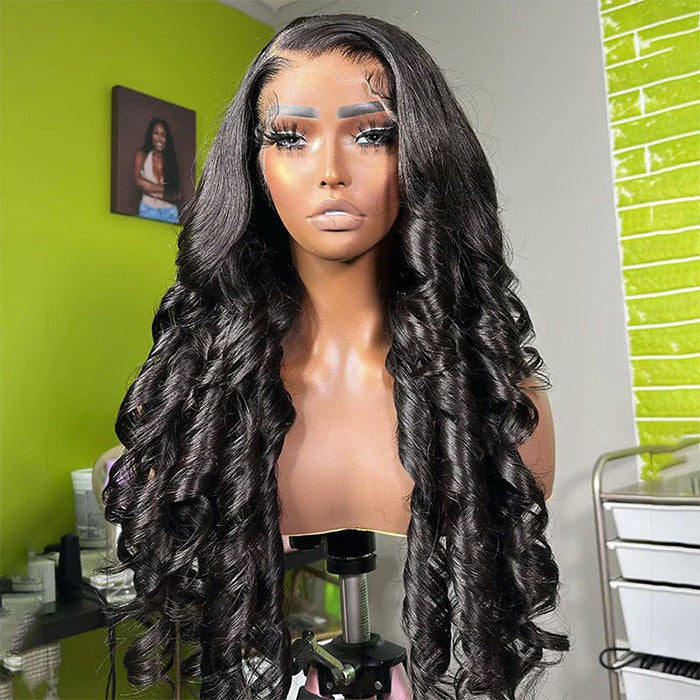

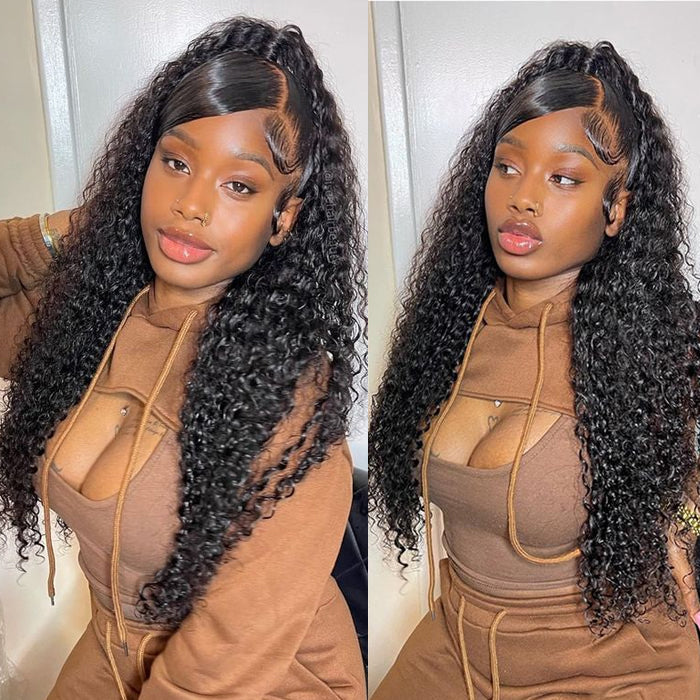

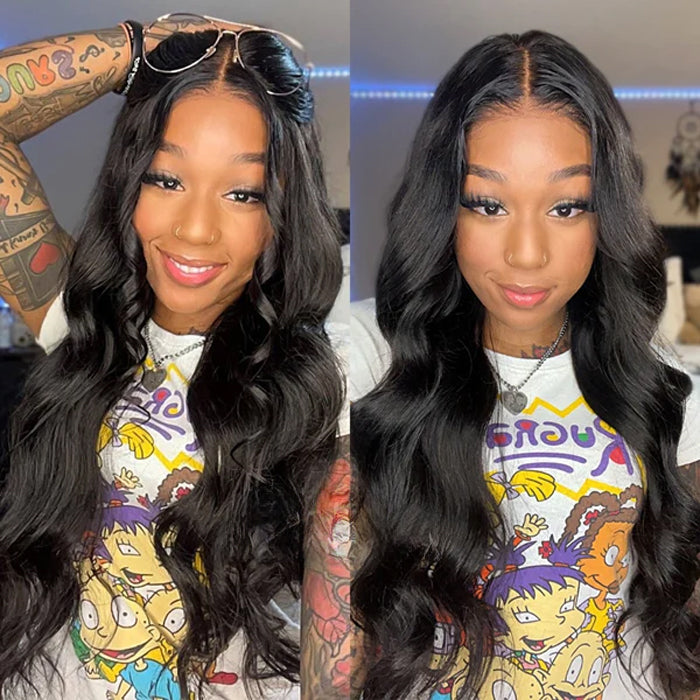
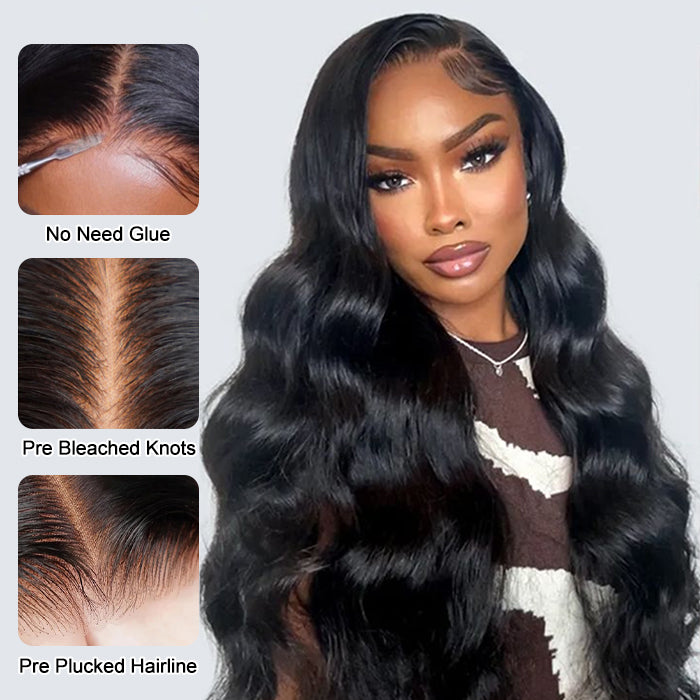
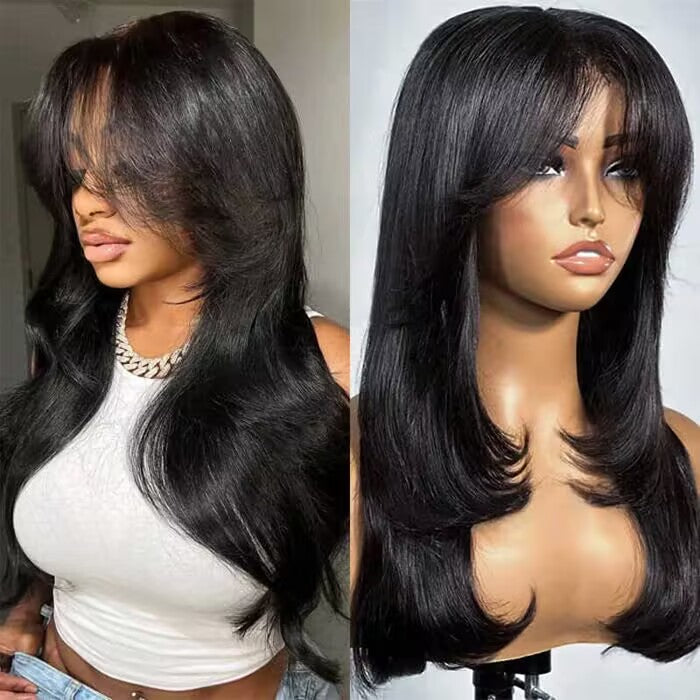

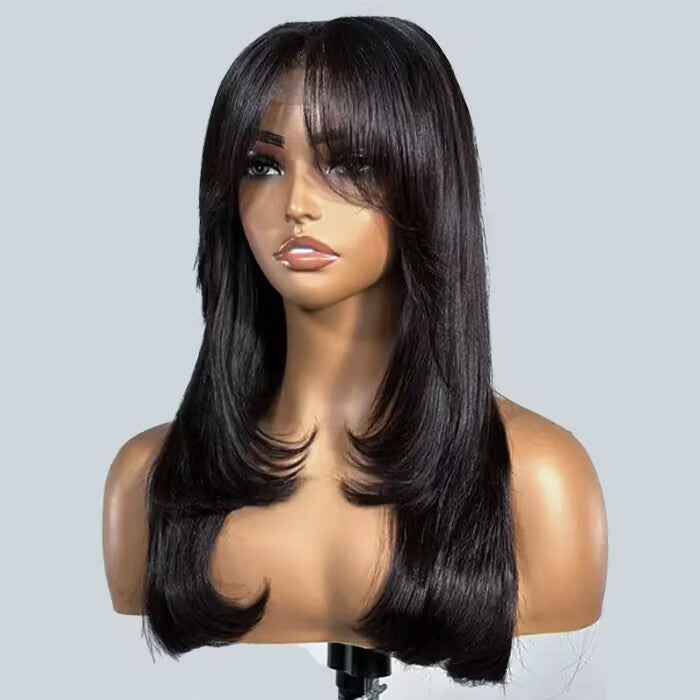

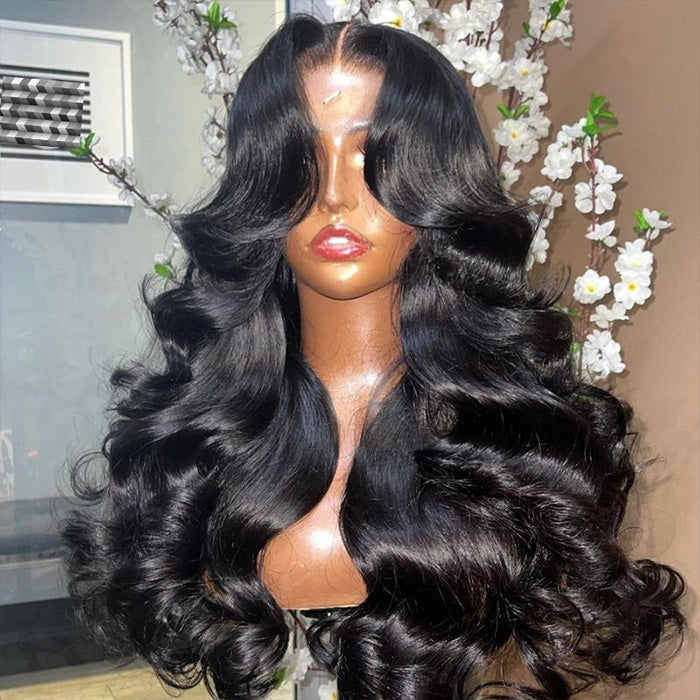
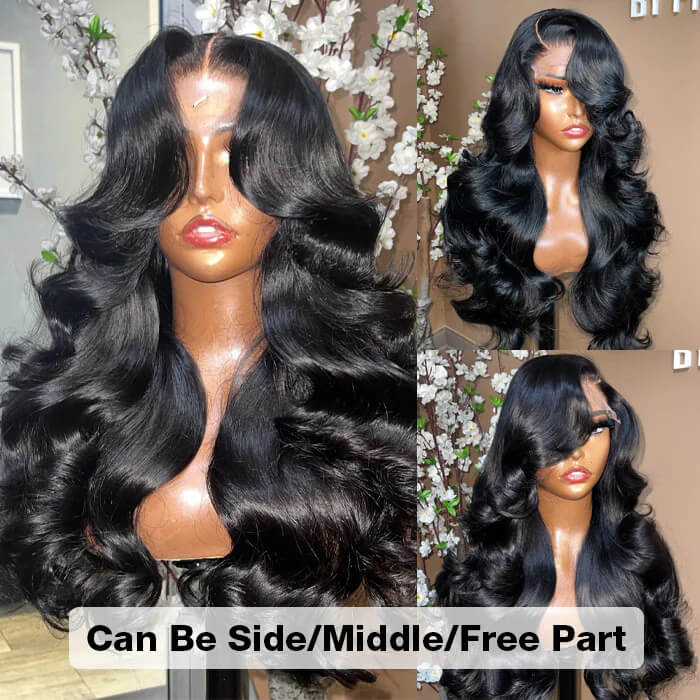
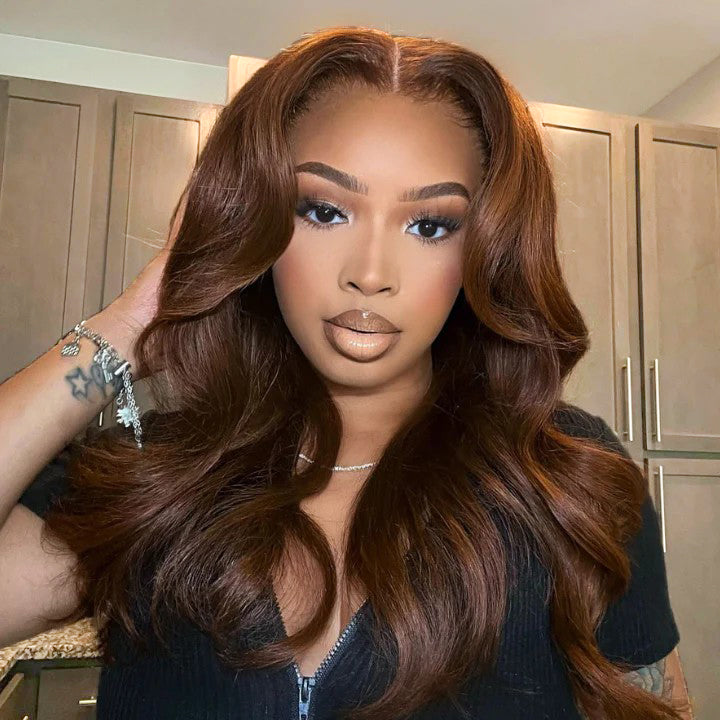
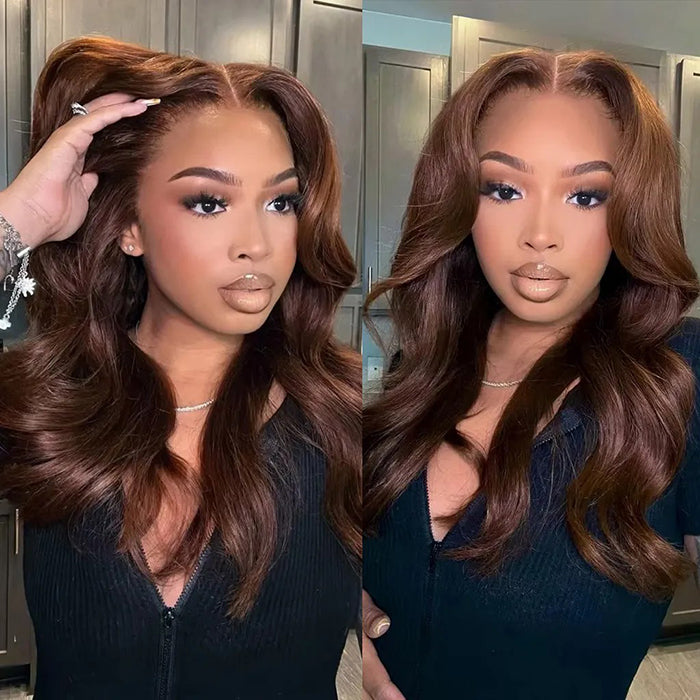
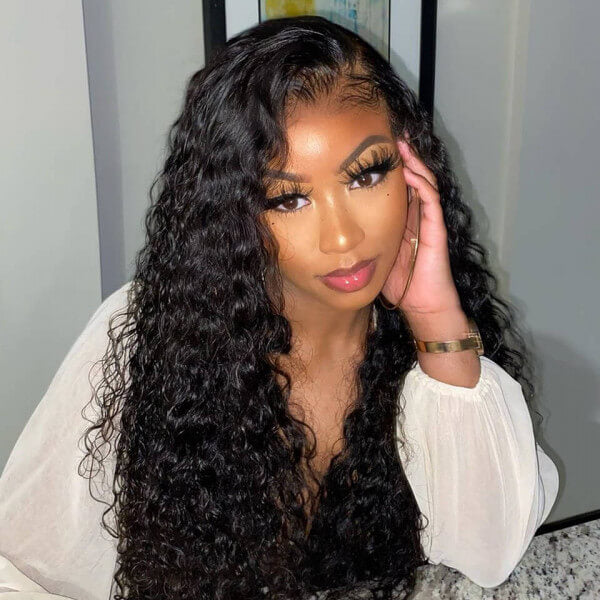

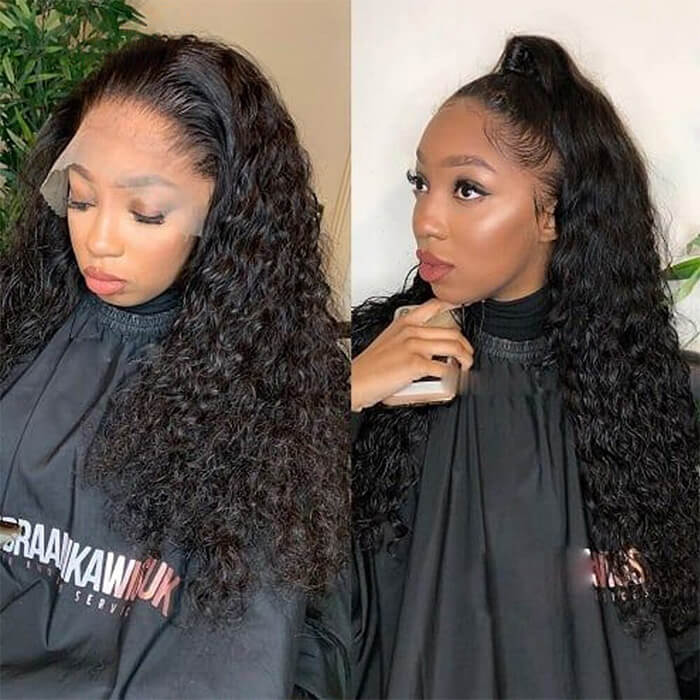
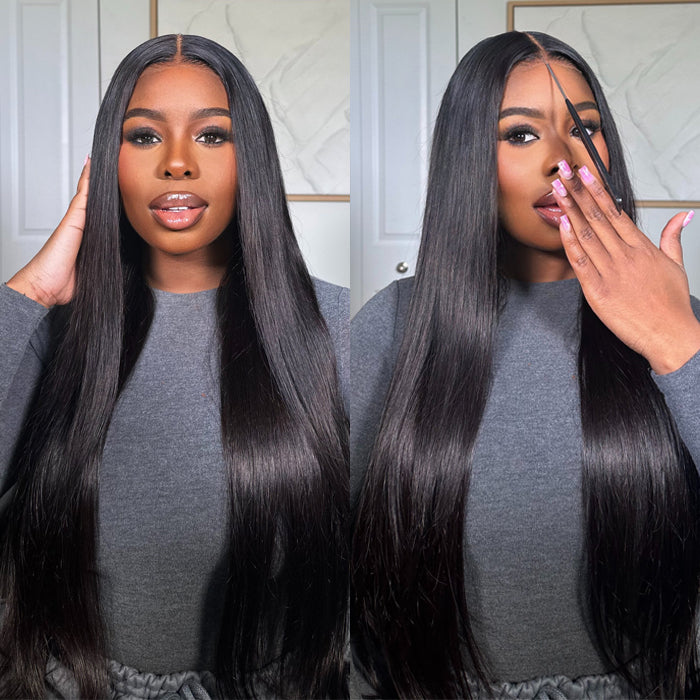
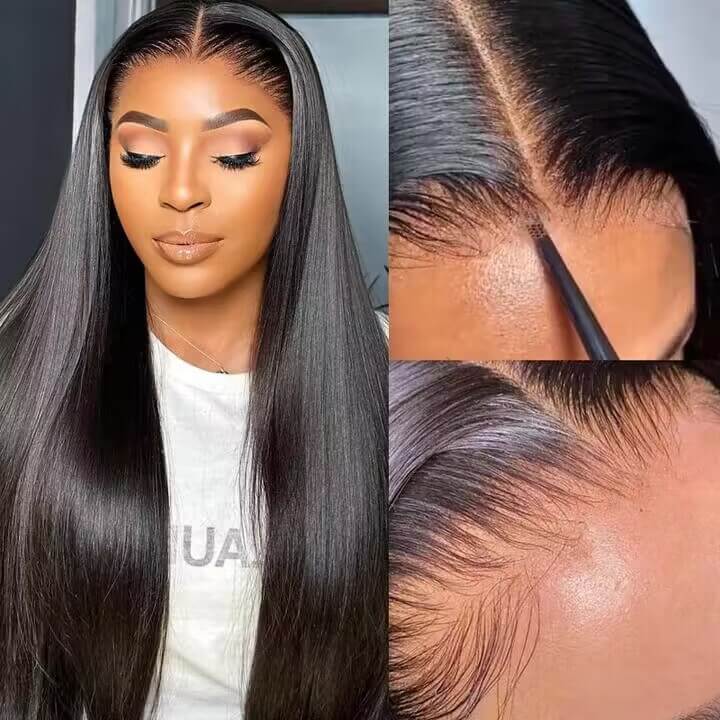
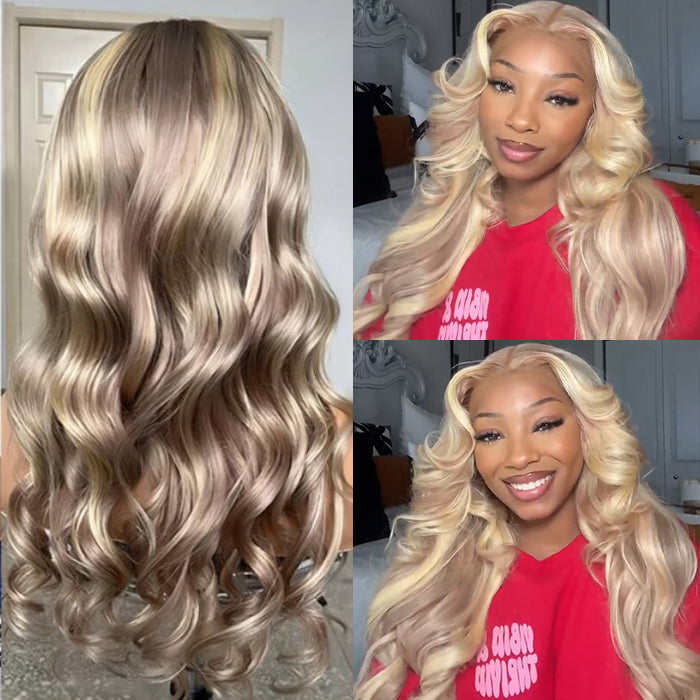
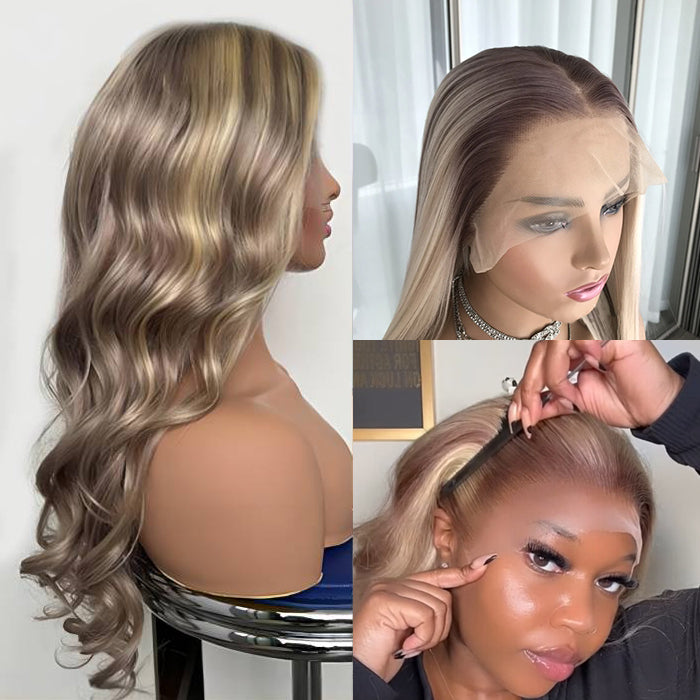
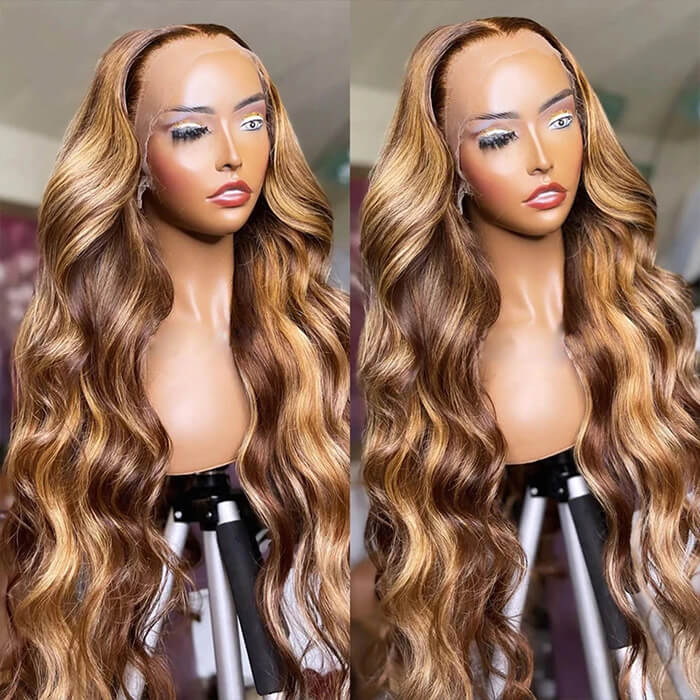
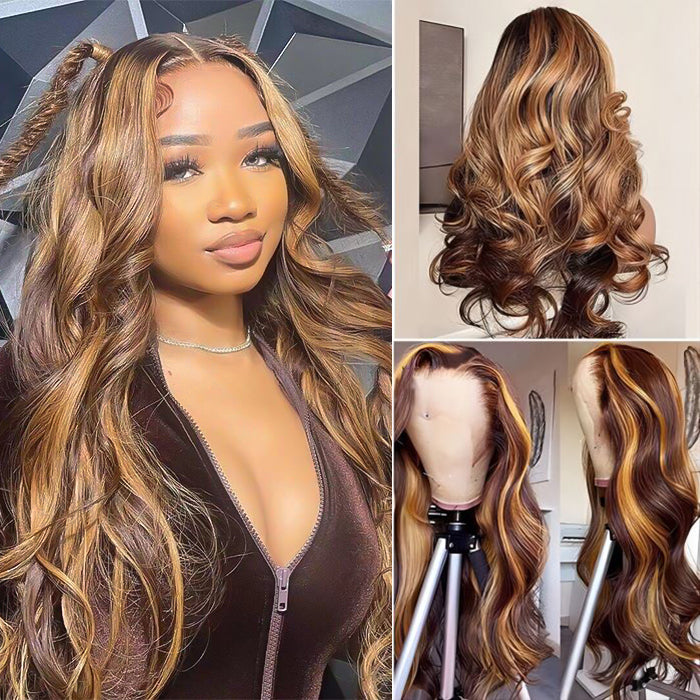
Leave a comment